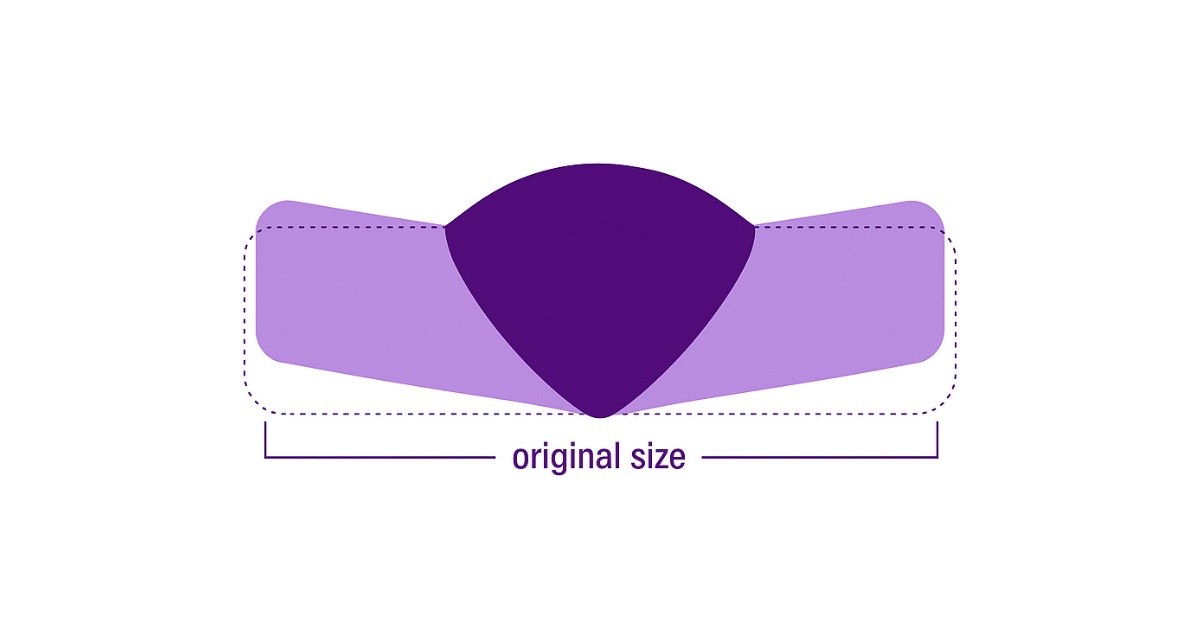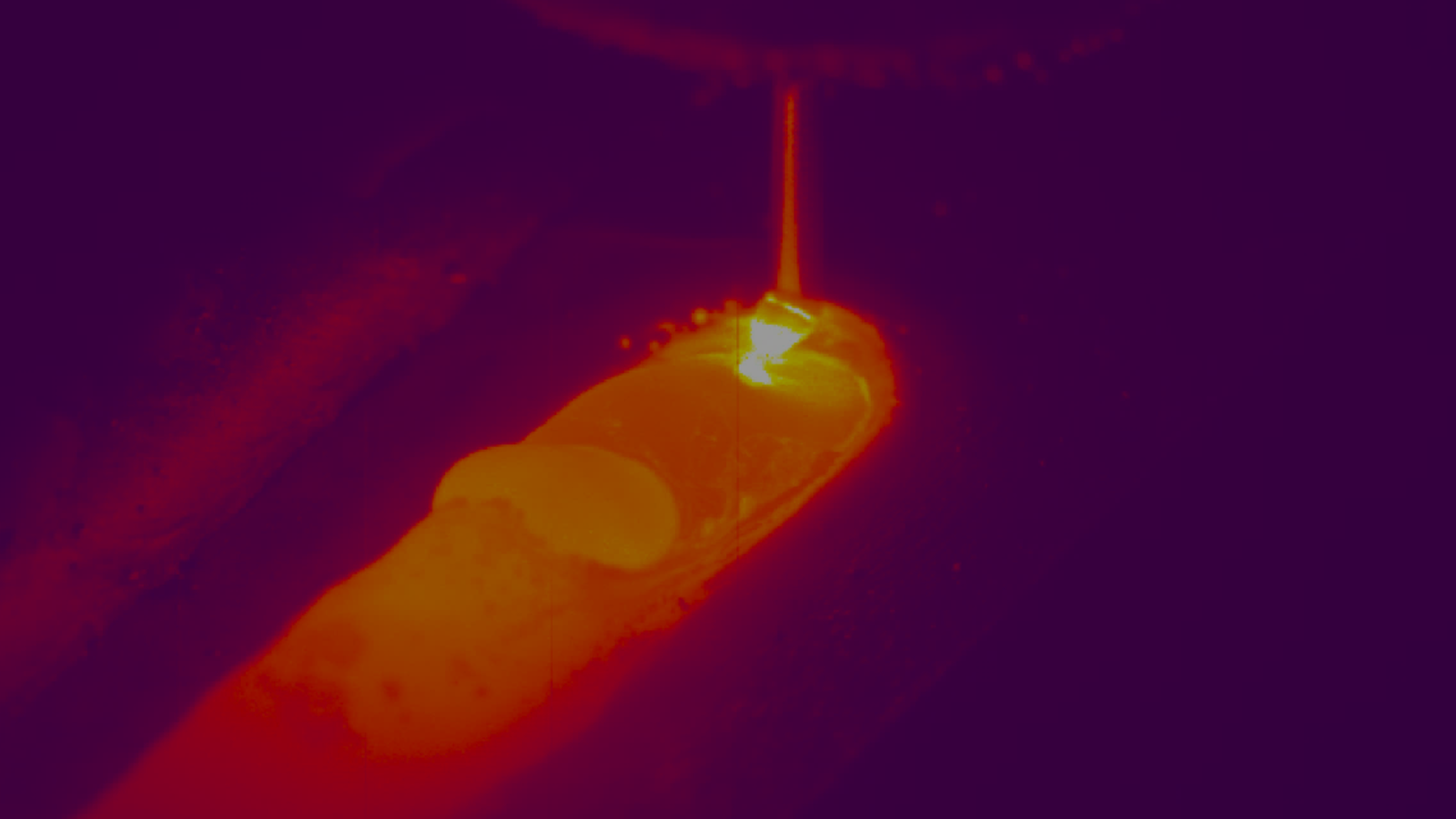Weld cameras are unique because they must handle extreme brightness and contrast. While standard cameras keep improving, they still fall short when it comes to clearly capturing the details in and around the welding arc — an area that can be several times brighter than the sun.
Over time, several enabling technologies have been developed, each with its own advantages and limitations.
The earliest approach used heavy darkening filters, such as welding glass, paired with lower-cost standard cameras. Older analog sensors were often connected directly to a display for remote viewing. While simple, this setup significantly reduced background contrast and limited the image quality.
The arc’s extreme brightness could easily saturate the sensor, leaving the camera “blind.” As a result, operators frequently had to remove filters for setup or use adjustable options like photochromic (self-darkening) or electrochromic windows, similar to auto-darkening welding helmets.
Examples of this approach:

GMAW (MIG /MAG) -with Dark filter |

GTAW (TIG ) Photochromic spot filter |
The next evolution was to use specialized digital image sensors that were capable of a much Higher Dynamic Range (HDR). These newer CMOS sensors also enabled image processing capability but are generally much larger and used for scientific purposes, so cameras needed to be larger.
These with correct filtering can provide very good quality imaging, of the arc, melt pool, or weld puddle and base material. They, however, can still be challenged in the ability to see the background clearly.
The images below are with Xiris HDR weld Cameras:
|
|
|
A more recent camera development is the use of Laser Illumination with a digital machine vision camera. This approach works very well and can produce good images, especially to see the surrounding area with good details.
It needs a powerful laser, however, to suppress the intensity of the arc it is a Class 3 laser which is an eye safety hazard that can damage eyesight, so added safety guarding and precautions are needed to prevent operator injury.
Examples of laser-based weld camera systems:

GMAW |

GTAW |
The latest innovation is the Xiris NIR weld Camera System, combining the XVC-750T HDR camera with XLP-850 LED illumination. The narrowband NIR illumination is eye-safe, doesn’t interfere with operators or other sensors, and, paired with HDR capability, provides exceptional contrast from arc to base metal. The result? A robust, versatile system ideal for welding visualization and machine vision in automated environments.
Xiris NIR Weld Camera examples:

GMAW |

GTAW |

LASER










